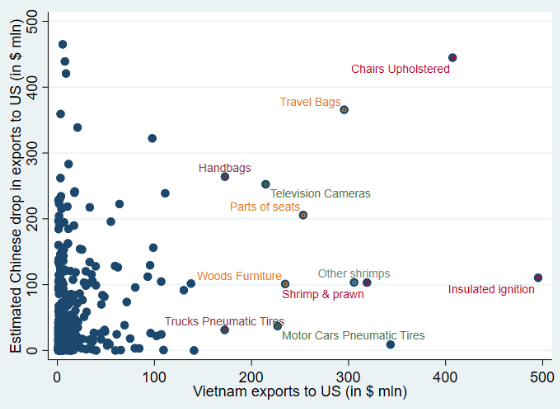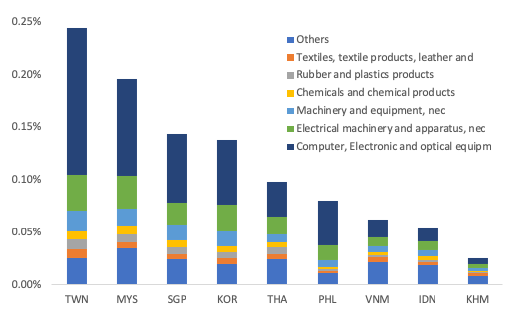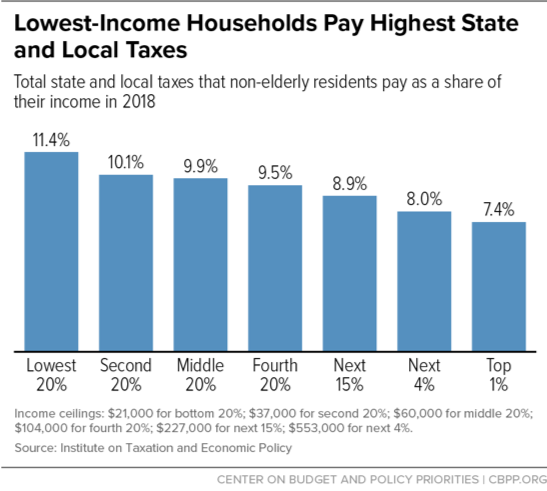New ideas about new ideas: Paul Romer, Nobel laureate
Chad Jones 11 October 2018
When Paul Romer began working on economic growth in the early 1980s, the conventional view among economists – for example, in the models taught in graduate school – was that productivity growth could not be influenced by anything in the rest of the economy. As in Solow (1956), economic growth was exogenous.
Romer developed endogenous growth theory, emphasising that technological change is the result of efforts by researchers, entrepreneurs and inventors who respond to economic incentives. Anything that affects their efforts – such as tax policy, basic research funding and education, for example – can potentially influence the long-run prospects of the economy.
Romer's essential contribution is his clear understanding of the economics of ideas and how the discovery of new ideas lies at the heart of economic growth. His 1990 paper is a watershed. It stands as the most important paper in the growth literature since Solow's Nobel-recognised work.
The history behind that paper is fascinating. Romer had been working on growth for around a decade. The words in his 1983 dissertation and in Romer (1986) grapple with the topic and suggest that knowledge and ideas are important to growth. And of course at some level, everyone knew that this must be true (and there is an earlier literature containing these words).
But what Romer didn't yet have – and what no research had yet fully appreciated – was the precise nature of how this statement comes to be true. By 1990, though, Romer had it, and it is truly beautiful. One piece of evidence that he at last understood growth deeply is that the first two sections of the 1990 paper are written very clearly, almost entirely in text and with the minimum required mathematics serving as the light switch that illuminates a previously dark room.
Here is the key insight: ideas – designs or blueprints for doing or making something – are different from nearly every other good in that they are non-rival. Standard goods in classical economics are rivalrous – as more people drive on a highway or require the skills of a particular surgeon or use water for irrigation, there's less of those goods to go around. This rivalry underlies the scarcity that is at the heart of most of economics and gives rise to the Fundamental Welfare Theorems of Economics.
Ideas, in contrast, are non-rival – as more and more people use the Pythagorean theorem or the Java programming language or even the design of the latest iPhone, there is not less and less of the idea to go around. Ideas are not depleted by use, and it is technologically feasible for any number of people to use an idea simultaneously once it has been invented.
As an example, consider oral rehydration therapy, one of Romer's favourite examples. Until recently, millions of children died of diarrhoea in developing countries. Part of the problem is that parents, seeing a child with diarrhoea, would withdraw fluids. Dehydration would set in, and the child would die.
Oral rehydration therapy is an idea – dissolving a few minerals, salts and a little sugar in water in just the right proportions produces a life-saving solution that rehydrates children and saves their lives. Once this idea was discovered, it could be used to save any number of children every year – the idea (the chemical formula) does not become increasingly scarce as more people use it.
How does the non-rivalry of ideas explain economic growth? The key is that non-rivalry gives rise to increasing returns to scale. The standard replication argument is a fundamental justification for constant returns to scale in production. If we wish to double the production of computers from a factory, one feasible way to do it is to build an equivalent factory across the street and populate it with equivalent workers, materials and so on. That is, we replicate the factory exactly. This means that production with rivalrous goods is, at least as a useful benchmark, a constant returns process.
What Romer stressed is that the non-rivalry of ideas is an integral part of this replication argument – firms do not need to reinvent the idea for a computer each time a new computer factory is built. Instead, the same idea – the detailed set of instructions for how to make a computer – can be used in the new factory or indeed in any number of factories, because it is non-rivalrous.
Since there are constant returns to scale in the rivalrous inputs (the factory, workers and materials), there are therefore increasing returns to the rivalrous inputs and ideas taken together – if you double the rivalrous inputs and the quality or quantity of the ideas, you will more than double total production.
Once you've got increasing returns, growth follows naturally. Output per person then depends on the total stock of knowledge; the stock doesn't need to be divided up among all the people in the economy.
Contrast this with capital in a Solow model. If you add one computer, you make one worker more productive. If you add a new idea – think of the computer code for the first spreadsheet or word processor or even the internet itself – you can make any number of workers more productive. With non-rivalry, growth in income per person is tied to growth in the total stock of ideas – an aggregate – not to growth in ideas per person.
It is very easy to get growth in an aggregate in any model, even in Solow, because of population growth. More auto workers mean that more cars are produced. In Solow, this cannot sustain per capita growth because we need growth in cars per auto worker.
But in Romer, this is not the case – more researchers produce more ideas, which makes everyone better off because of non-rivalry. Throughout history – 25 years, 100 years or even 1,000 years – the world is characterised by substantial growth both in the total stock of ideas and in the number of people making them. According to Romer's insight, this is what sustains exponential growth in the long run.
Finally, the increasing returns associated with non-rivalry means that a perfectly competitive equilibrium with no externalities will not exist and cannot decentralize the allocation of resources. Instead, some departure is necessary.
Romer emphasised that both imperfect competition and externalities to the discovery of new ideas are likely to be important. Monopolistic competition provides the profits that act as the incentives for entrepreneurs to innovate. And later inventors and researchers benefit from the insights of those who came before.
Research on economic growth has been monumentally influenced by Romer's contributions, and all of us who follow are standing on the shoulders of a giant. While it may be difficult to compensate adequately for the knowledge spillovers, this year's Nobel Prize in Economic Sciences is a well-deserved reward.
References
Romer, Paul M (1986), 'Increasing Returns and Long-Run Growth', Journal of Political Economy 94: 1002-37.
Romer, Paul M (1990), 'Endogenous Technological Change', Journal of Political Economy 98(5): S71-102.
Solow, Robert M (1956), 'A Contribution to the Theory of Economic Growth', Quarterly Journal of Economics 70(1): 65-94.
Harpers Ferry, WV
![[Graph 1] Cumulative Contribution from Manufac Goods Trade](https://cfrd8-files.cfr.org/sites/default/files/styles/large_s/public/image/2018/10/%5BGraph%201%5D%20Cumulative%20Contribution%20from%20Manufac%20Goods%20Trade_0.png)
![[Graph 2] Contributions from Goods Trade since 2011](https://cfrd8-files.cfr.org/sites/default/files/styles/large_s/public/image/2018/10/%5BGraph%202%5D%20Contributions%20from%20Goods%20Trade%20since%202011_0.png)

![[Graph 4] Tourism Exports and the Dollar](https://cfrd8-files.cfr.org/sites/default/files/styles/large_s/public/image/2018/10/%5BGraph%204%5D%20Tourism%20Exports%20and%20the%20Dollar_0.png)
![[Graph 6] Real Net Exports](https://cfrd8-files.cfr.org/sites/default/files/styles/large_s/public/image/2018/10/%5BGraph%206%5D%20Real%20Net%20Exports.png)







